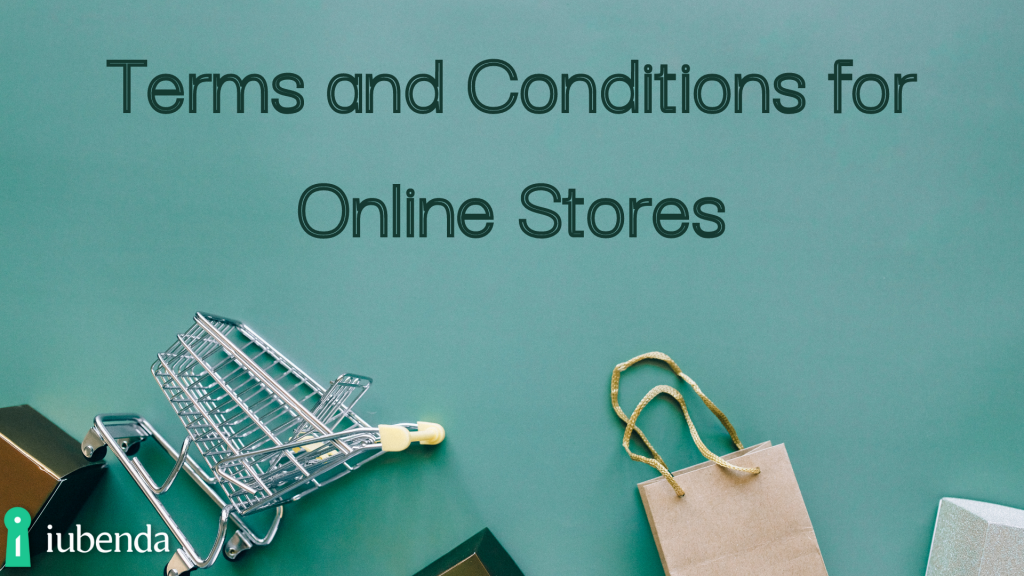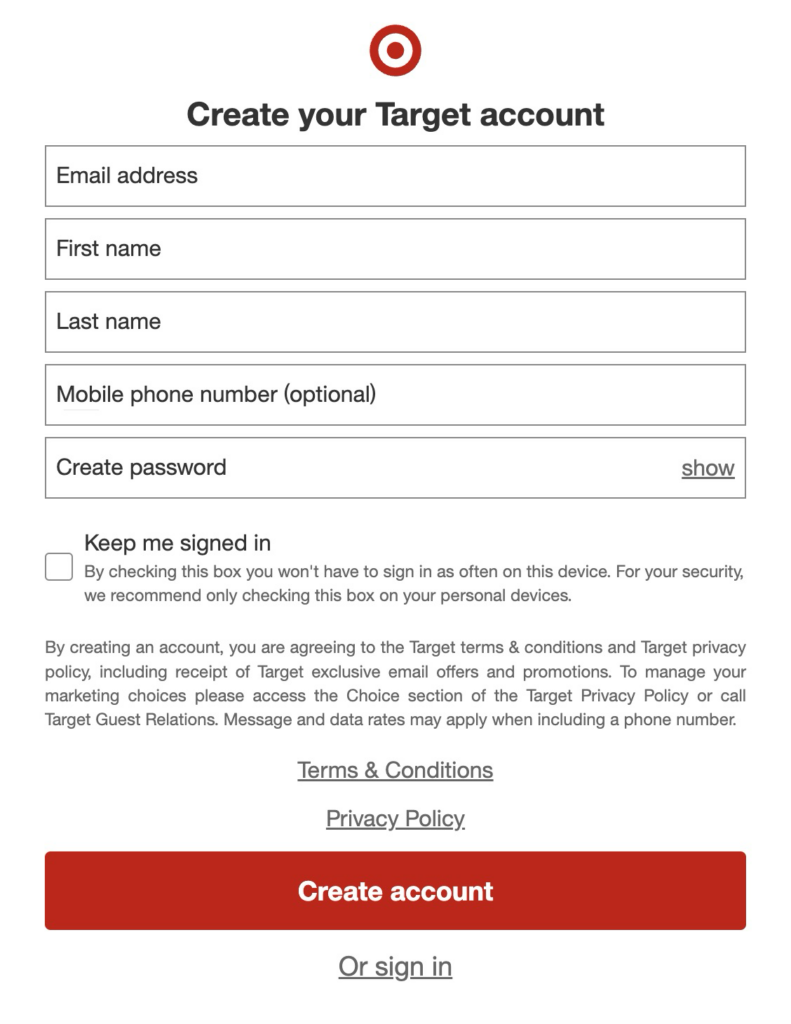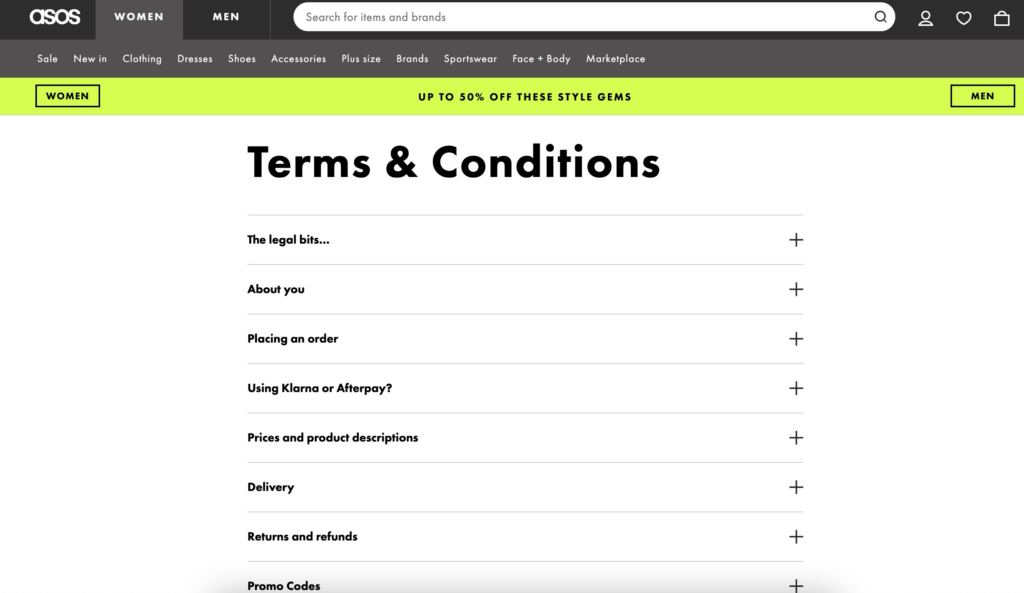
What should ecommerce Terms and Conditions for an online store include? Are Terms of Service mandatory for ecommerce websites? In this post, we’ll look at a sample of Terms and Conditions for online stores and the best way to create one.
Short on time? Jump to… ⬇️

The Terms and Conditions (T&C) of commerce – also known as Terms of Service, Terms of Use, or End User License Agreement (EULA) – represent a contract between you, the provider of a service, and your users. They are a legally binding document and allow you to set your rules, within applicable law.
For example, they help you define how users can interact with your product or service, how your original content can be used, or the rules concerning the cancellation or suspension of a user’s account.
An ecommerce website needs terms and conditions because they are meant to protect you and your online store: they help deal with potential issues arising, and can even prevent them in the first place. Even though they play such a big role, Terms and Conditions are not always legally required. However, if you run an online store, terms and conditions are often mandatory, as they contain information about the conditions of sale and disclosures on methods of payment, shipping, delivery, withdrawals, cancellation conditions, etc. – as commonly required by consumer protection regulations.
Yes, having Terms and Conditions on your ecommerce website is highly advisable for defining crucial elements like legal protection, user guidelines, intellectual property rights or conditions around purchase and delivery.
Without Terms and Conditions, your ecommerce might be at a higher risk of facing disputes with customers and may have fewer defenses against potential legal actions.
It’s also a good practice for building trust with your customers on your ecommerce website by being transparent about your rules and processes. Given the complexity of legal requirements that can vary by jurisdiction, it can be a good idea to use a high-quality Terms and Conditions Generator to build your own.
Find out now, it takes 30 seconds!
💡 To learn more about the specific legal requirements for online stores, follow this link.
This article is a part of our series on compliance for ecommerce websites. Read also:
Here’s an example of Terms and Conditions for an online store. Just click the button to open it:
The answer is quite straightforward: the best recommended approach is to have a static link to your Terms and Conditions in your e-commerce website’s footer, so it is always visible and accessible when users are browsing.
It is also important to link to your document at other points of the user journey on your online store, for instance:
💡With an online Terms and Conditions Generator, the process of installing a link on your website is made super easy.
As you can see below, the multinational consumer electronics retailer Best Buy in the United States links to their Terms at the bottom of the page, in the footer, with all other legally-required links.
 best buy terms of service example" width="1024" height="531" />
best buy terms of service example" width="1024" height="531" />
See here the example of Target, that links to both their privacy policy and Terms and Conditions during the account creation process:

The example of Asos is interesting because they have made their Terms very clear, divided in sub-sections. It’s easier for the user to navigate. Take a look here.

We always stress the importance of a well-written Terms and Conditions document. As we already said, every situation needs its specific clauses.
That’s why we strongly suggest that you don’t write your terms yourself, using a template, though it may seem like a good idea. A static template isn’t enough to suit your individual requirements.
Instead, you can either seek the help of legal experts or use a quality Terms of Service Generator – “quality”, meaning one that has been crafted by legal professionals and that allows you to fully customize based on your individual business needs. Keep reading! ⬇️
Our Terms and Conditions Generator easily lets you generate and manage Terms and Conditions for your online store.
Our documents are customizable from over 100 clauses, available in 14 languages, drafted by an international legal team and up to date with the main international legislations.
Try the Generator risk free with our 14-day money-back guarantee

Attorney-level solutions to make your websites and apps compliant with the law across multiple countries and legislations.